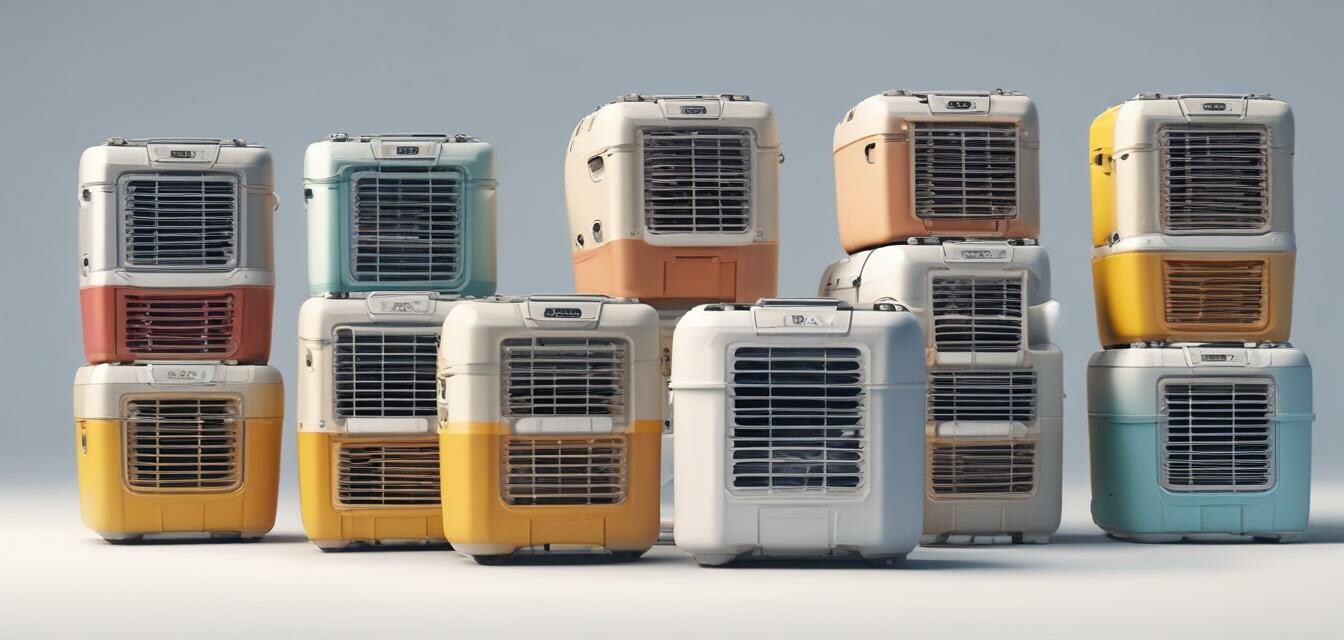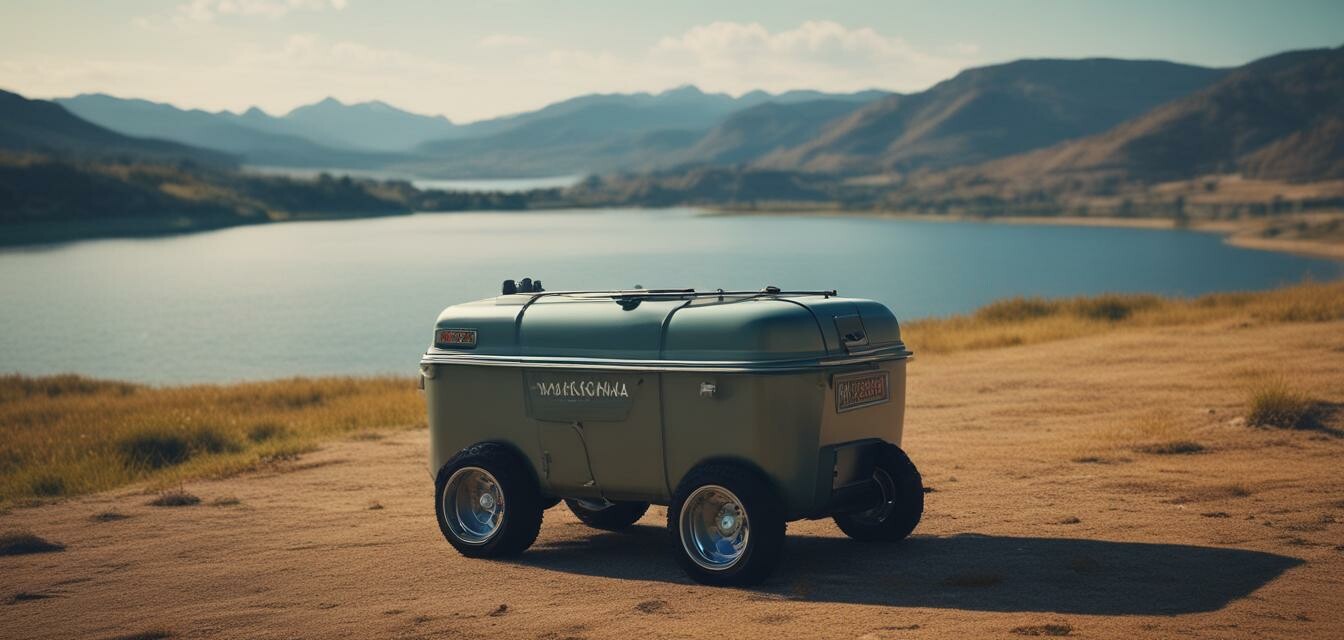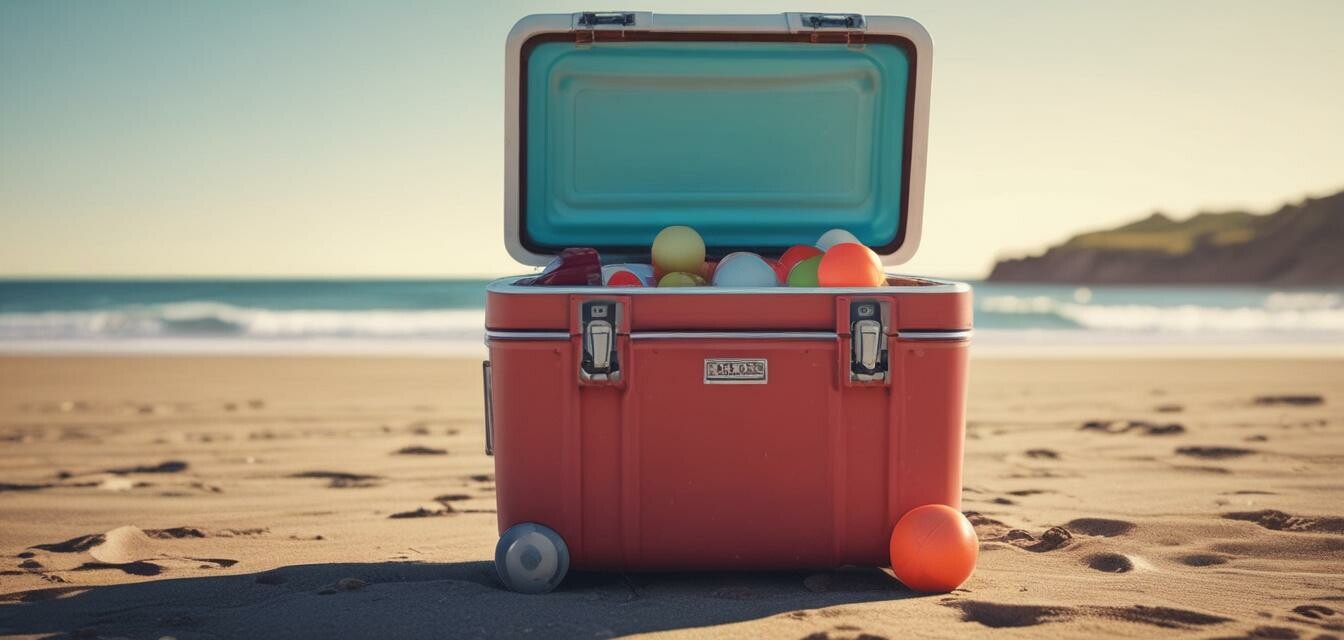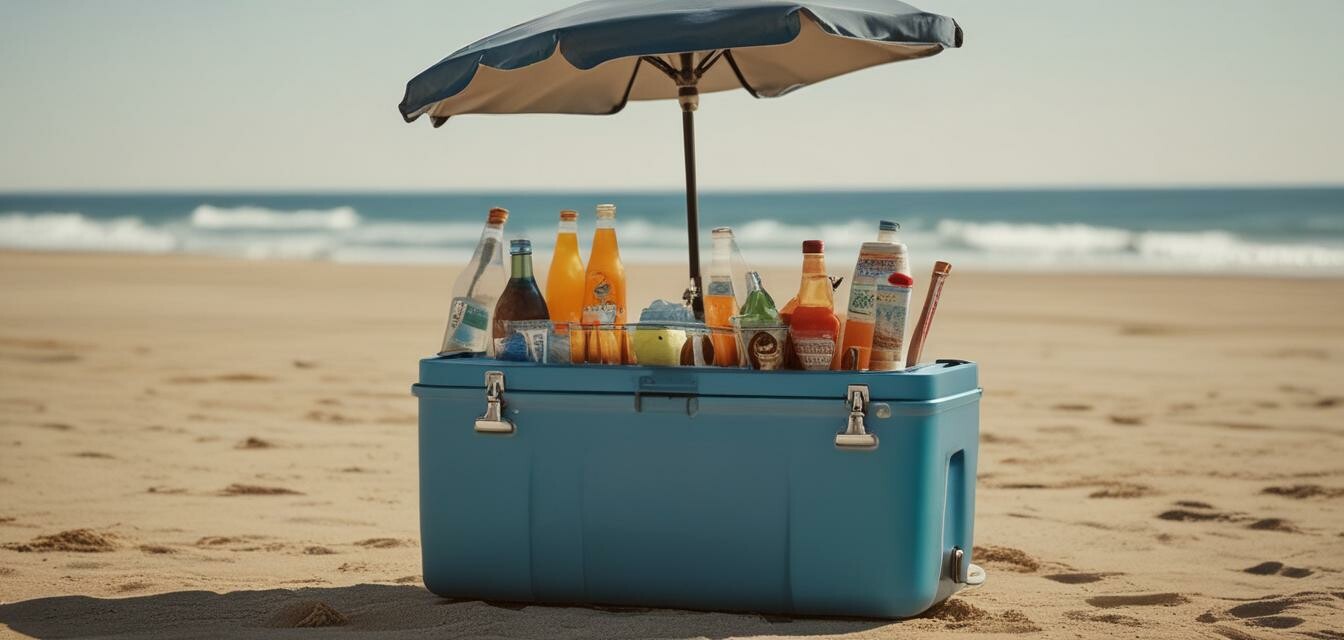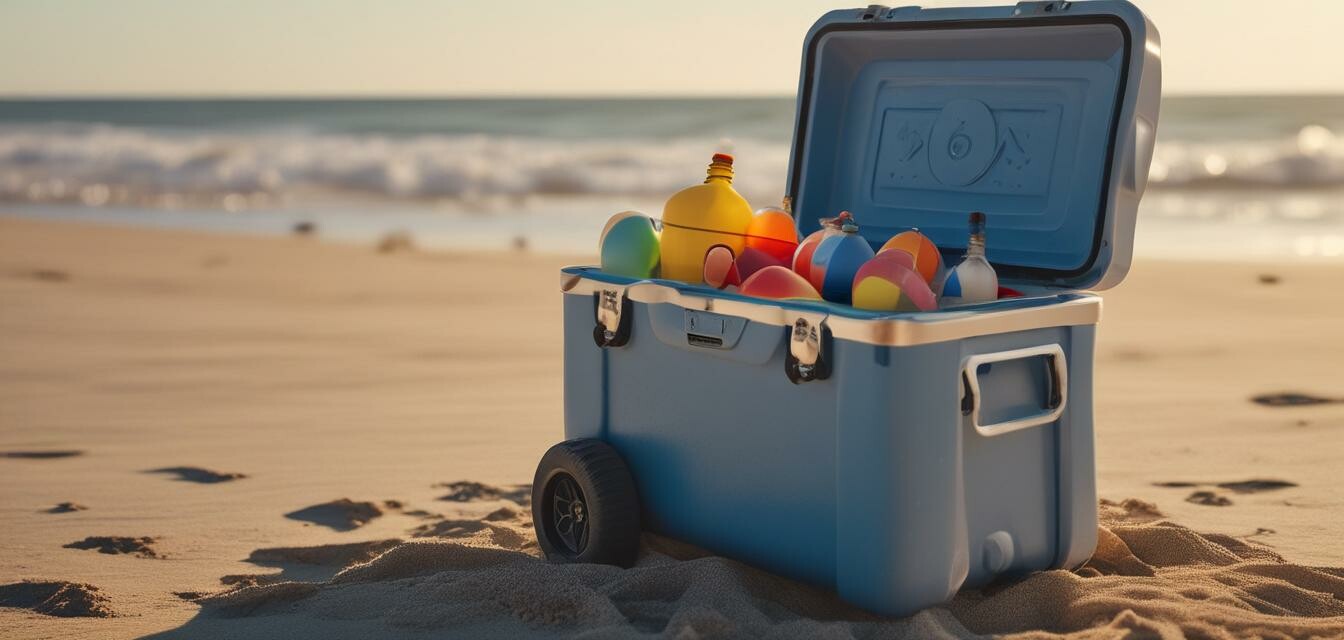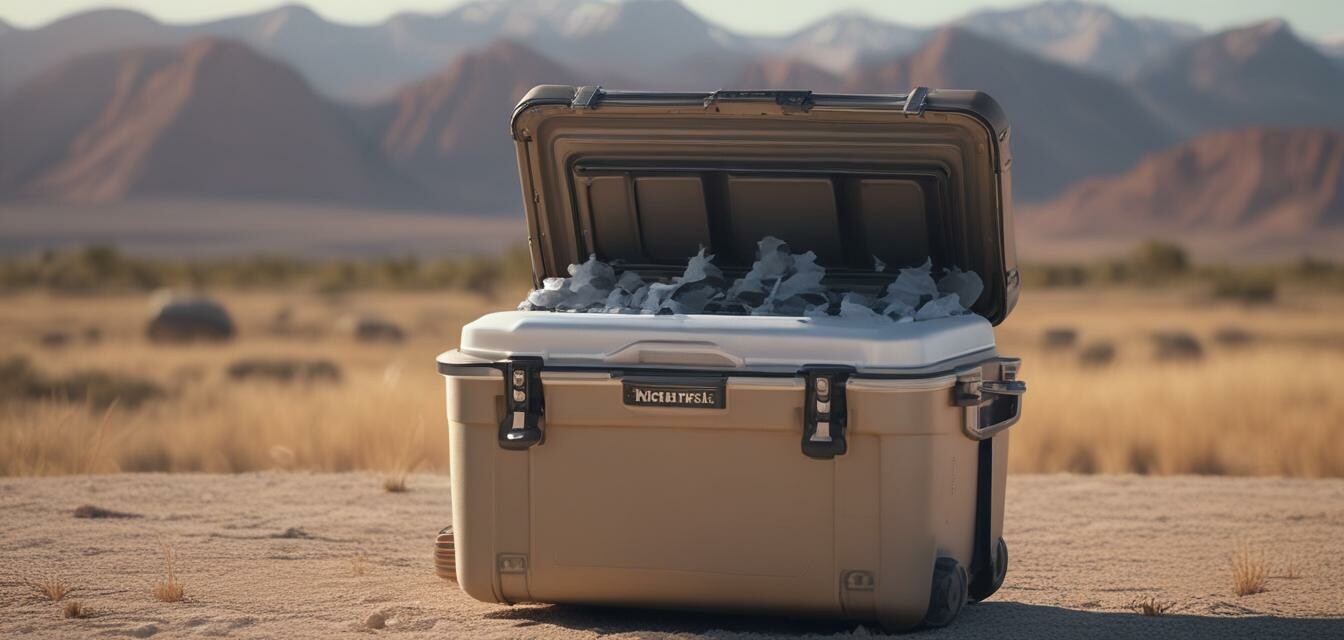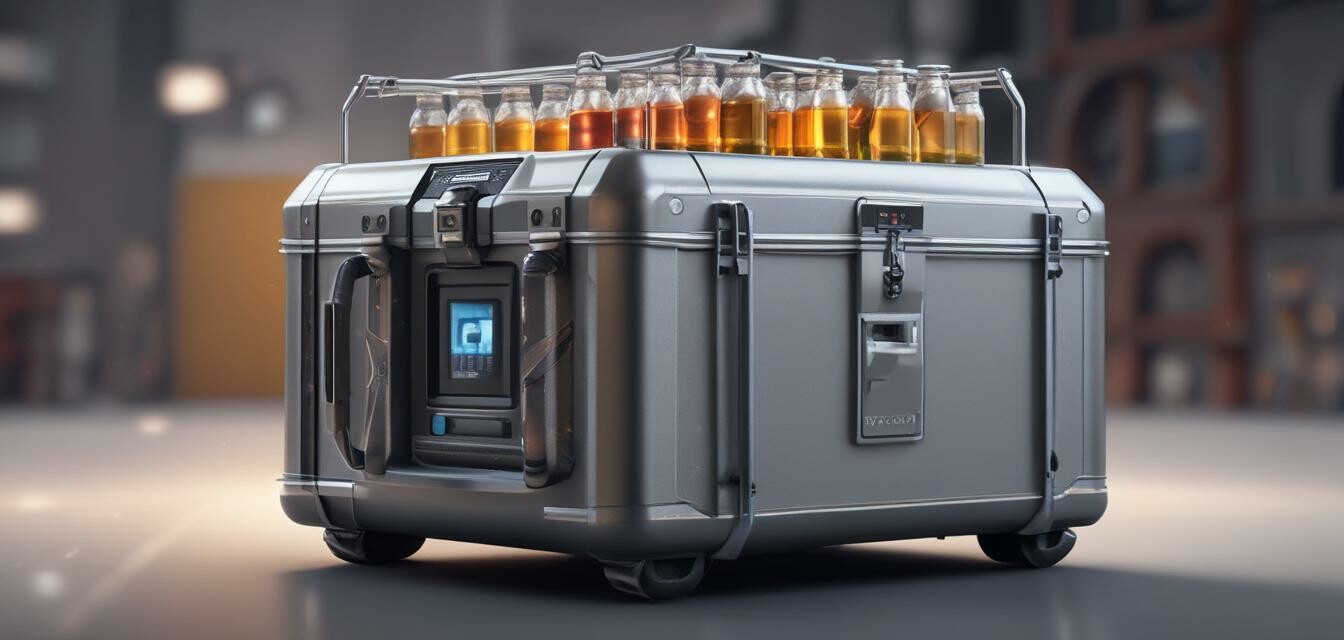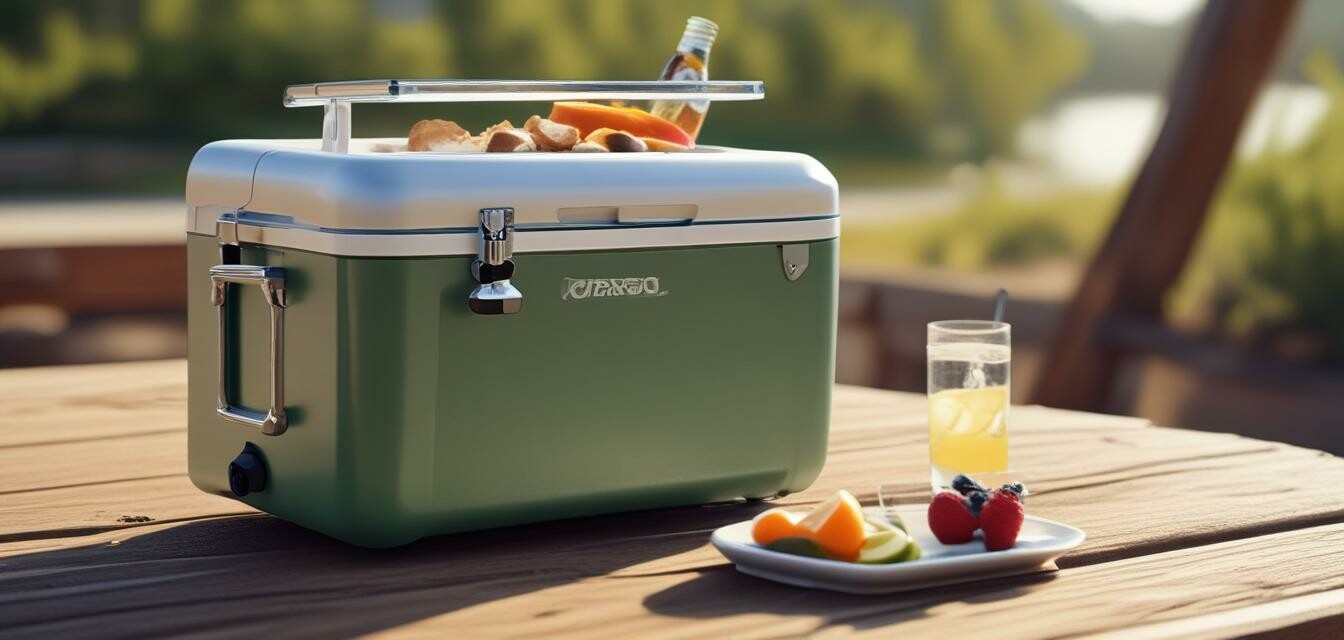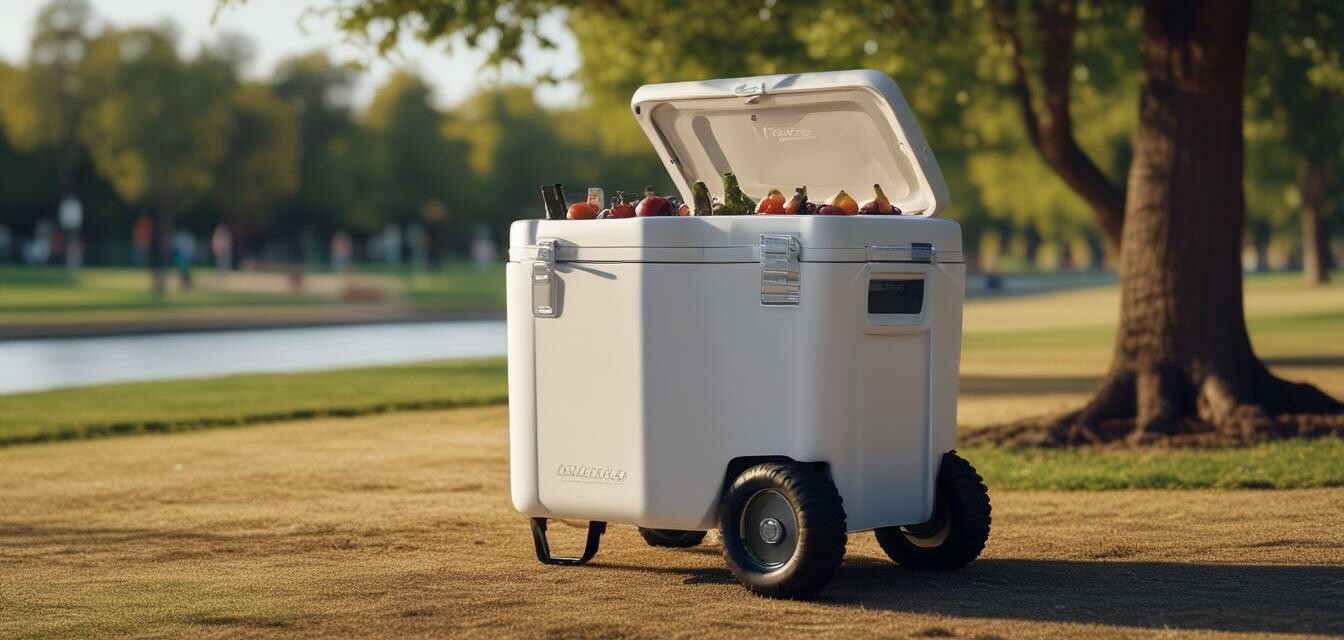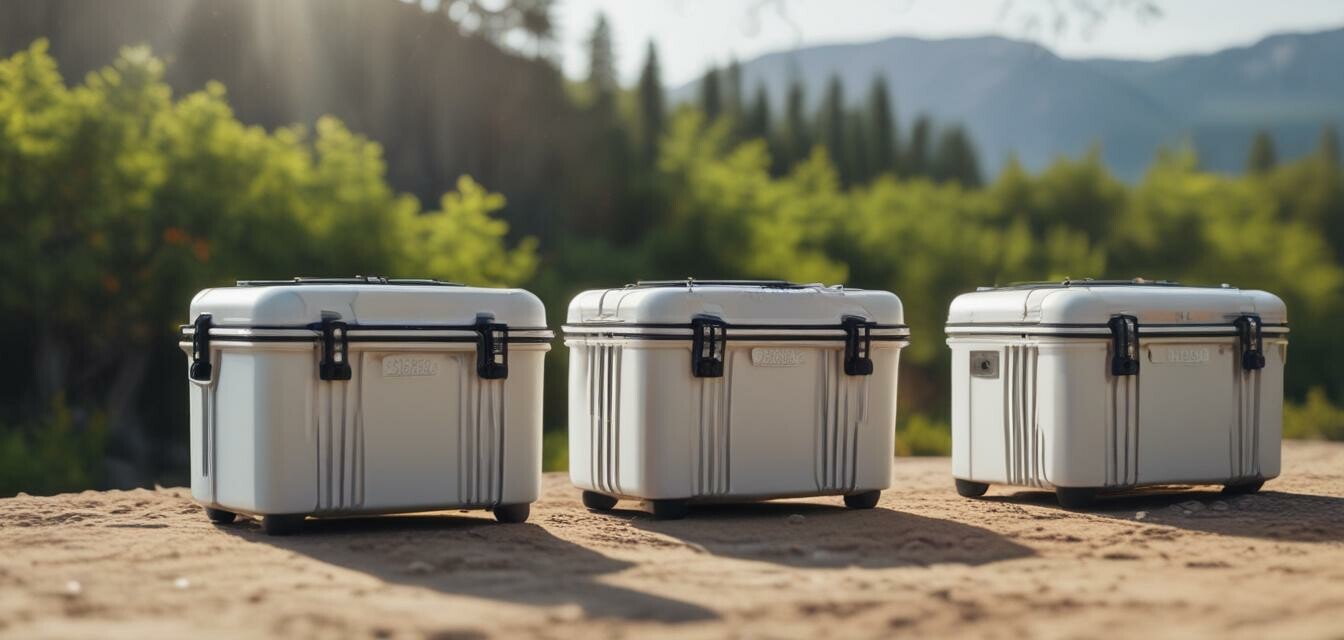
Environmental Impact of Motorized Coolers
Key Takeaways
- Motorized coolers can significantly reduce environmental footprint when designed sustainably.
- Eco-friendly materials and energy-efficient technologies are crucial in production.
- Understanding the lifecycle of these products helps consumers make informed decisions.
- Proper disposal and recycling are essential for minimizing waste.
As summer approaches, many outdoor enthusiasts consider the best cooling equipment for their adventures. Motorized coolers offer convenience and efficiency, but what is their environmental impact? In this article, we dive into the ecological considerations surrounding the production and use of motorized coolers.
The Benefits of Motorized Coolers
Motorized coolers are designed to make outdoor experiences more enjoyable. However, their environmental benefits can be seen throughout the following aspects:
| Benefit | Description |
|---|---|
| Energy Efficiency | Many models now include energy-efficient technology to help reduce power consumption. |
| Durability | High-quality materials can extend the life of coolers, reducing waste. |
| Convenience | Integrated cooling systems eliminate repeated ice purchases, cutting down plastic waste. |
Environmental Considerations in Production
The production of motorized coolers raises several environmental concerns. These include the sourcing of raw materials, energy consumption during manufacturing, and the overall carbon footprint. Key considerations include:
- Material sourcing: Using recycled or sustainably sourced materials reduces the ecological impact.
- Energy consumption: Factories utilizing renewable energy contribute to Lower emissions.
- Waste management: Implementing recycling processes can significantly lower waste levels.
Common Materials Used in Motorized Coolers
| Material | Environmental Impact |
|---|---|
| Plastic | May contribute to ocean pollution if not properly managed. |
| Metal | Durable and recyclable, but energy-intensive to produce. |
| Insulating materials | Can vary greatly – eco-friendly options exist. |
The Role of Eco-friendly Refrigerated Units
Eco-friendly refrigerated units within motorized coolers offer an excellent alternative to traditional cooling methods. By using environmentally efficient technology, these units often consume less energy while providing effective cooling solutions. Here are some benefits of using eco-friendly units:
- Lower energy consumption: These units can cool effectively while using less power.
- Less harmful refrigerants: Many eco-friendly coolers use refrigerants with a lower global warming potential.
- Increased lifespan: With efficient technology, these units often have longer operational lifespans.
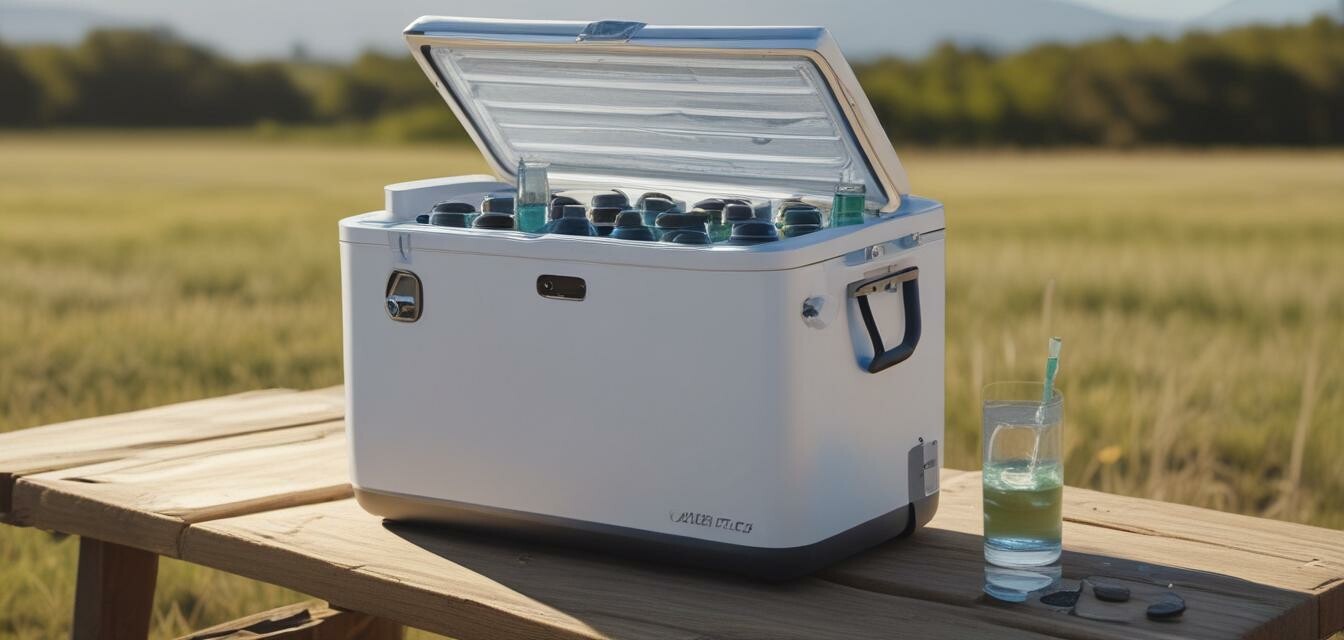
Lifecycle Analysis of Motorized Coolers
Conducting a lifecycle analysis helps consumers understand the environmental impact of motorized coolers from production to disposal. By considering each stage, users can make informed purchasing decisions. The stages of the lifecycle include:
- Raw Material Extraction: Understanding the sourcing of materials and its ecological impact.
- Manufacturing: Evaluating energy consumption and waste produced during the manufacturing process.
- Distribution: Assessing transportation emissions related to product distribution.
- Use Phase: Analyzing energy usage and efficiency during the product's lifetime.
- End-of-Life: Considering disposal or recycling options to minimize environmental impact.
Disposal and Recycling of Motorized Coolers
Proper disposal and recycling of motorized coolers are critical in minimizing their environmental impact. Many of the materials used in coolers can be recycled, reducing the need for new raw materials. Here are some disposal options:
- Recycling Programs: Look for local recycling programs that accept coolers and their components.
- Donation: If functional, consider donating the cooler to those in need.
- Manufacturer Take-Back: Some manufacturers offer take-back programs for their products.
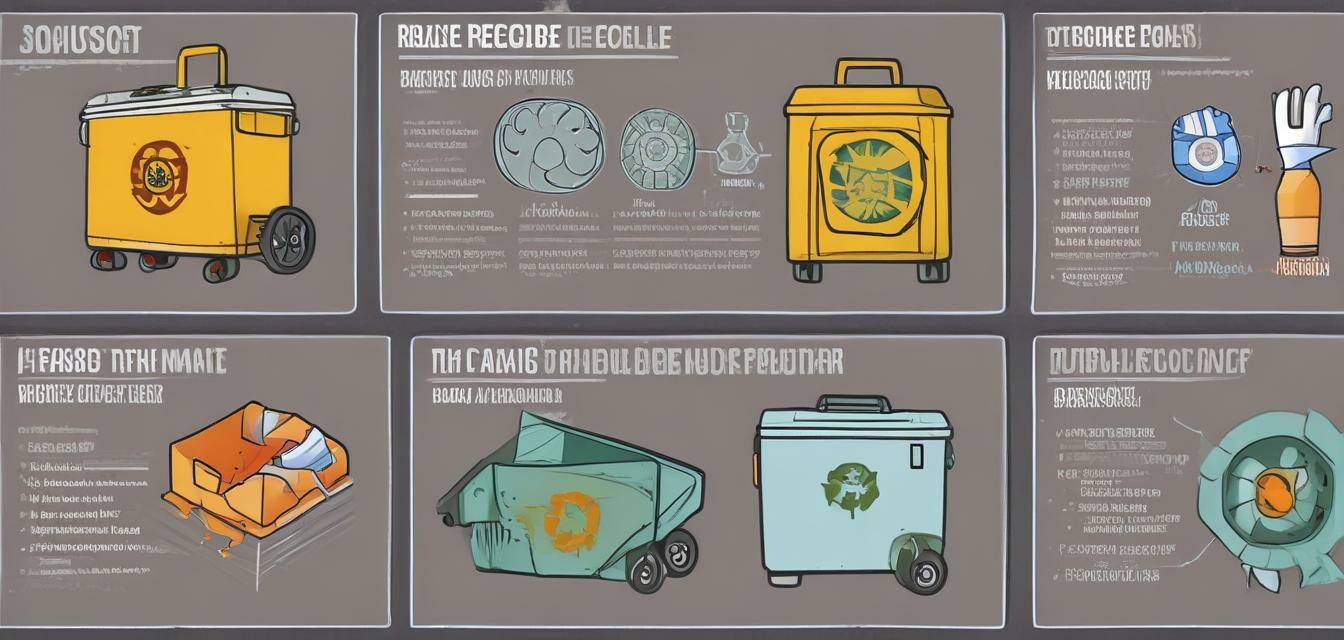
Pros
- Energy-efficient models are available, reducing environmental impact.
- Durable construction leads to a longer lifespan and less waste.
- Convenience reduces the need for single-use plastic ice packs.
Cons
- Production can be energy-intensive and impact carbon emissions.
- Improper disposal may lead to pollution and waste issues.
- Some models with non-recyclable materials create long-term waste challenges.
Conclusion
Motorized coolers can be a great convenience for outdoor enthusiasts, but it's essential to consider their environmental impact. By choosing eco-friendly models, understanding the lifecycle impact, and promoting responsible disposal practices, consumers can enjoy the benefits of motorized coolers while contributing positively to the environment. For more options, check our selection of eco-friendly refrigerated units or explore our compact picnic coolers collection. Together, we can work towards a more sustainable outdoor experience!
